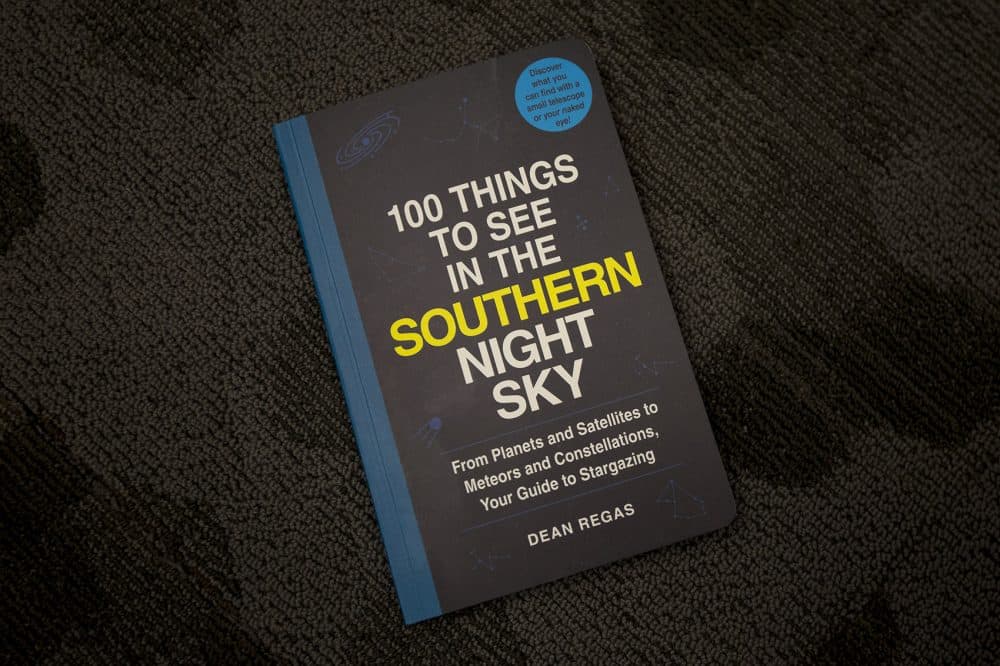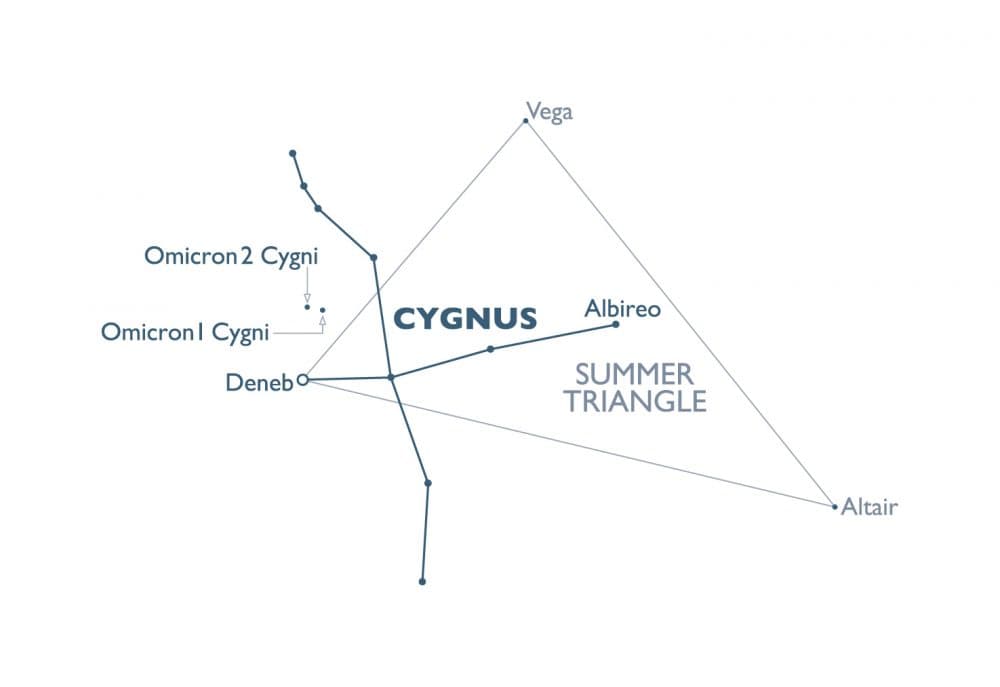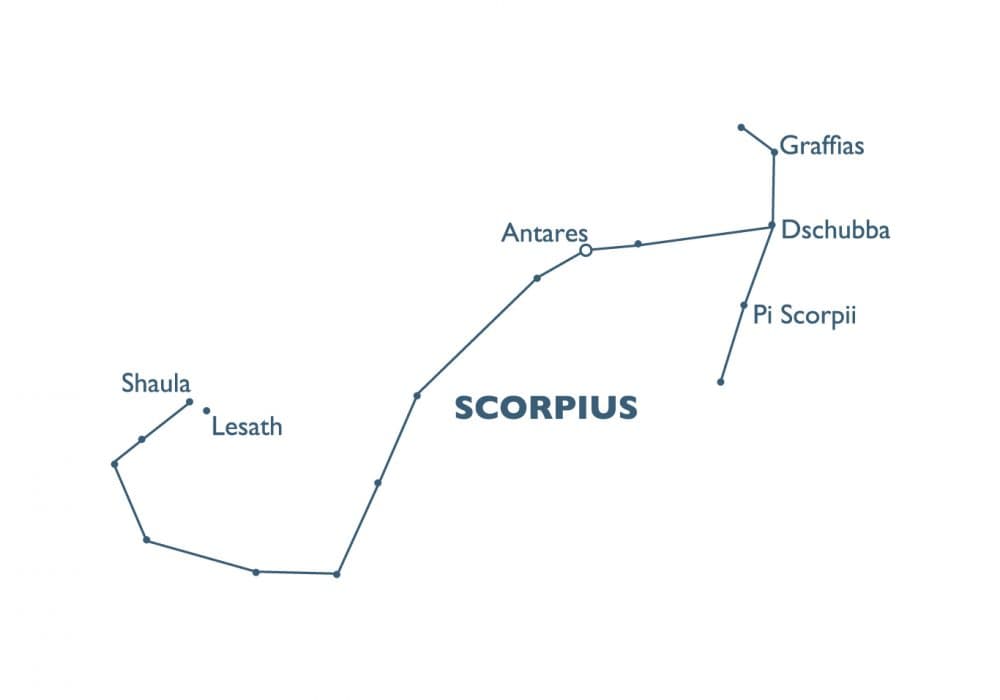Advertisement
Stargazing This Summer? Here's How To Point Out Planets And Constellations
Resume
Warm summer nights mean it's time for stargazing. But when it comes to identifying planets, stars and constellations, many of us don't get much further than the Big Dipper.
With his new book, "100 Things to See in the Southern Night Sky," astronomer Dean Regas hopes to change that.
"I'm in love with the stars, because they're so far away, so distant and we've been looking at them for all these years," Regas (@DeanRegas) tells Here & Now's Robin Young. "I try to know them all personally if I can. It's the ultimate long-distance relationship."
Interview Highlights
On some of the simplest constellations to spot in the night sky
"For the Northern Hemisphere in the summertime, we're looking for Cygnus, the Swan, is the really nice one to look for. It's also called the Northern Cross, because it looks like a long, extended cross in the sky. It's all tucked in this big feature called the Summer Triangle, which is even easier.
"What Cygnus looks like is just this long, cross-like shape with a bright star on the top of the cross, and that's a star called Deneb. Now this is where you use your imagination: You have to picture a long swan with a belly, and a long, stretched-out neck and beak and then wings spread out. And to add a little more flavor to it, if you're out in the country, you can actually see the Milky Way going right through there, right through Cygnus, the Swan, as if it's flying down the river in the sky."

On the best time of day to be on the lookout
"Right after dark, there's a lot of things to look for right now. There are these very bright, suspiciously bright, stars that are up in the sky. When you look to the western sky right after sunset, you will see this thing that looks like it's following you home or something like that, it's like a UFO or a plane coming in for a landing. It's actually the planet Venus, and that's just the starters — as it gets darker, you'll start to see Jupiter up in the southern sky about halfway up, it'll be a little dimmer than Venus, and then a little later you'll see Saturn, and then a little later you'll see Mars. So we've got a whole lot of planets coming up."
On how to use your hands to make angles for stargazing
"It really helps to figure out how far apart some stars are in the sky. A lot of guidebooks show you, and they say, 'Oh this is 10 degrees away, or 20 degrees away, from another star,' and you could use your fingers and hands to tell your angles. You extend your arm fully and close your fist, and your fist at arm's length is 10 degrees in the sky. And so you can kind of get a feel for how far apart some of the stars are from each other by just using angles like that."

On the Pleiades constellation, also called the Seven Sisters, which as the story goes is fleeing Orion's amorous advances
"I always say that Orion ... was very good at hunting and very good at battle, but not very good at talking to women. And he just fell in love with all seven of them at the same time, he saw no problem with that whatsoever, and thought the eight of them would be very happy together. The sisters said no, and asked the gods for help, and they fled to the sky to get away from Orion and they got turned into doves to fly away from Orion. And so some people when they see the Seven Sisters in the sky, they think it looks like a little dove up there."
This article was originally published on July 18, 2018.
This segment aired on July 18, 2018.